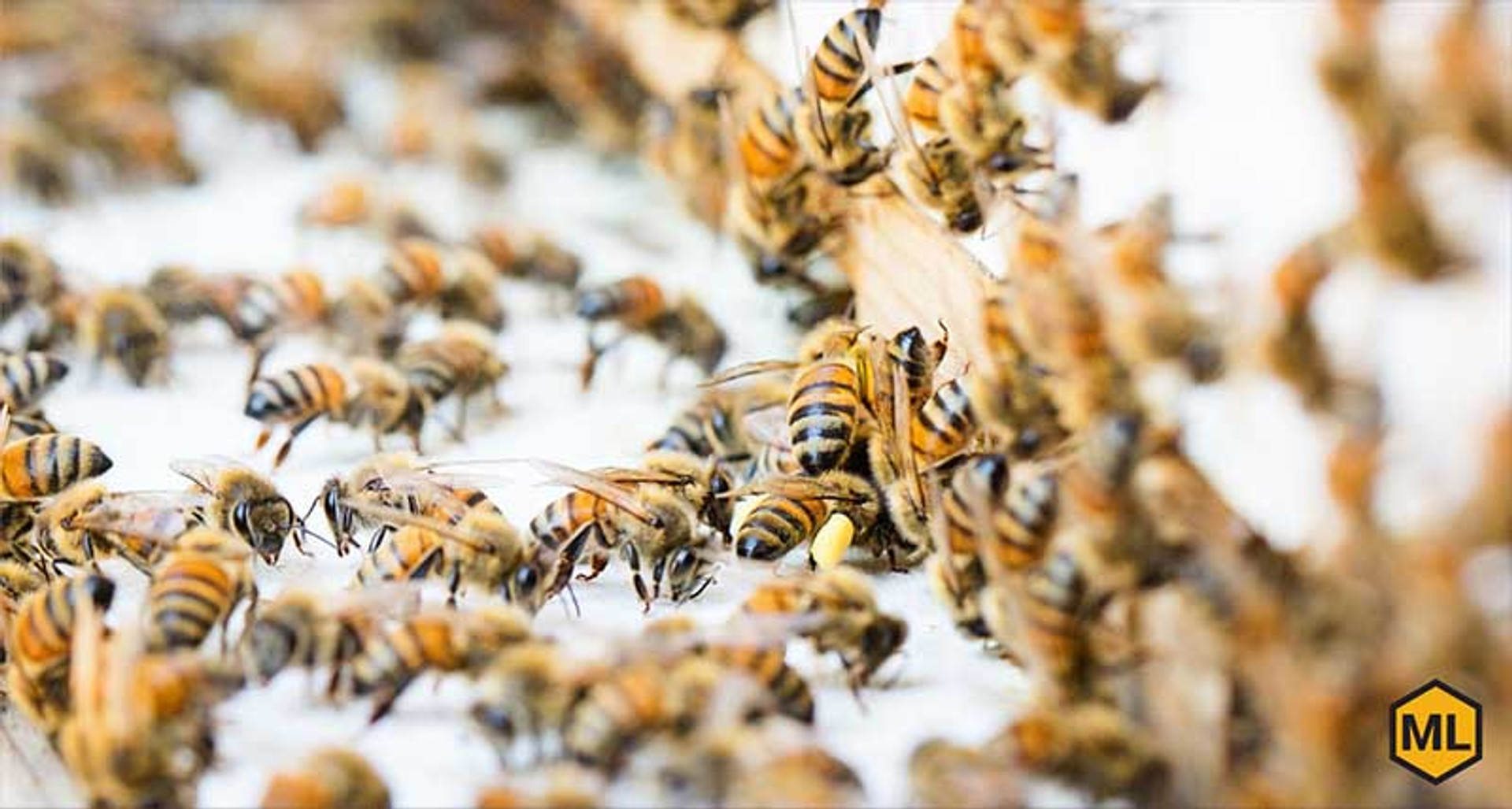Clean-up of Hives That Didn't Survive
Bees die. But spring is the season of renewal. Finding a dead hive is discouraging, but please don’t give up. Bees need us. So what do you do with “dead-outs” as they’re commonly called?
Dealing with Dead-Outs
First, remove the dead hive from the bee yard as soon as practical. Unprotected, any honey is an invitation for robbing by assorted wild critters and other hives. Moisture will also likely build up inside the hive, encouraging mold.
Second, try to determine the cause, as that will define what you can do with what the deceased colony left behind.
Clean Up
Dr. Roger Hoopingarner of Michigan State University, notes that most hives die from Varroa or starvation. Thus, reusing those resources (stores and drawn wax) is generally no problem. Brush off the dead bees, rap the frame the flat way to dislodge some stuck in the cells, and protect the wax from wax moths until they can be reused. These drawn frames are ideal for starting nuc colonies from strong colonies that survived, or for welcoming a new package. Don’t worry about leaving a few bees behind in the frames, the new bees will clean them out.
A colony that died from AFB requires burning it all, although the hive bodies and major components may be singed with a blow torch to destroy spores. With Nosema it may be easier to burn it all, or, depending upon the extent of the damage, treat with the cleaning solution noted.
Mold, unless it is black mold, may be wiped off the frames and capped honey. Give any hard surfaces a good scrubbing, with maybe a little extra salt in the mixture. Air them out well and then freeze, saving as much comb as much as possible. The comb, honey and frames may be used in the hive again. Bees will clean up a bit of mold, although by doing it for them they can focus their talents elsewhere, like pollination.
If it is black mold, remove and trash the foundation (or melt for other uses). Clean the frames thoroughly, air out, freeze, and reuse.
Wax moths may extensively damage the hive and comb, and it may be simpler to burn and start again. If the infestation is minor, remove larvae, clean out all webs, and freeze everything to kill all stages of the wax moth.

